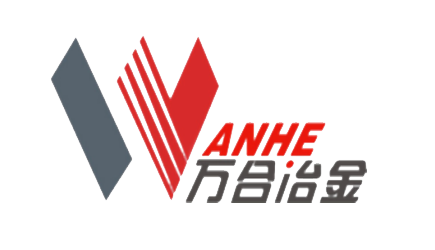Color-Coated Production Line
The color-coating production line is a processing equipment used to apply functional coatings onto the surface of metal coils, primarily for manufacturing color-coated steel sheets. Through a series of specialized processes, this production line forms a composite coating on the surface of metal substrates—such as cold-rolled steel coils, galvanized sheets, and aluminum-zinc coated coils—endowing the products with exceptional mechanical strength, aesthetic appeal, and corrosion resistance.
Category:
Keywords:
Color-Coated Production Line
The color-coated steel production line involves applying multiple layers of colorful paint onto the surface of galvanized (aluminum-zinc coated) steel sheets, enhancing the sheets' vibrant and eye-catching appearance while significantly improving their corrosion resistance. The main process steps include degreasing and cleaning, painting, and subsequent drying and curing.
Production Process Flow:
Material handling cart → Uncoiling unit → Uncoiler with pinch roll → Shear machine → Welding machine → Tensioner → Front material storage unit → Tensioner → Cleaning unit → Hot-air system → Chemical roller coating machine → Steam-and-air drying oven → Tensioner → Centering device → Primer coating machine → Primer curing oven → Air-cooling unit → Water-cooling unit → Centering device → Topcoat application machine → Topcoat curing oven → Air-cooling unit → Water-cooling unit → Hot-air drying system → Tensioner → Rear material storage unit → Tensioner → Shear machine → Exit pinch roll → Rewinding unit → Material handling cart.
Production process parameters:
Raw Materials |
Board width |
Board thickness |
Craft Speed |
Coating thickness |
Energy |
Cold-rolled steel sheet, galvanized steel sheet |
300–1,530 mm |
0.15–2.0 mm |
15–150 m/min |
15–60 μm |
Natural gas, electricity |
Production Line Technology:
Ingredients: Cold-rolled steel sheet, galvanized steel sheet, aluminum sheet;
Initial coating types: epoxy resin, polyester, polyurethane;
Types of premium coating: Polyester, Fluorocarbon, Silicone-modified Polyester, Polyurethane;
Product categories: Building material boards, appliance panels, functional color-coated sheets, and decorative panels;
The production line can be equipped with hot and cold laminating machines for manufacturing steel sheets used in home appliances and special applications.
Using catalytic incineration technology for volatile solvents not only saves energy consumption but also prevents environmental pollution.
Next page
Previous page
Pickling Line
Next page
Aluminum alloy casting is a manufacturing process that involves pouring molten aluminum alloy into a mold, allowing it to cool and solidify into the desired part shape. It is widely used in industries such as automotive and aerospace. The main casting methods include sand casting, metal die casting, die casting, and low-pressure casting, each suited to different levels of complexity and production volumes—for instance, sand casting is ideal for large components, while die casting enables high-precision, high-volume production.
CNC machining is a modern mechanical processing technology that achieves high precision and efficiency through computerized, digital control. As a core component of advanced manufacturing techniques, it is rapidly advancing toward even greater precision, higher efficiency, and increased intelligence—making it an indispensable key technology in today’s industrial manufacturing.
CNC machining is a modern mechanical processing technology that achieves high precision and efficiency through computerized, digital control. As a core component of advanced manufacturing techniques, it is rapidly advancing toward even greater precision, higher efficiency, and increased intelligence—making it an indispensable key technology in today’s industrial manufacturing.
The hydraulic three-way valve is a critical component used in hydraulic systems to control fluid flow direction. It features three ports, enabling functions such as fluid diversion, confluence, or directional switching.


